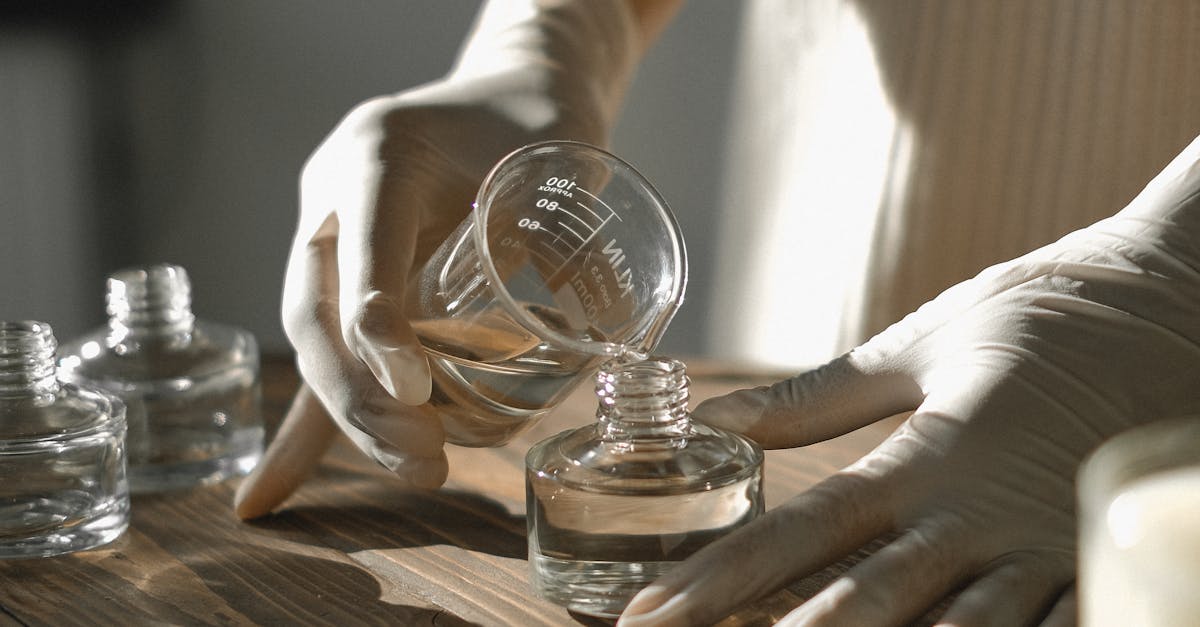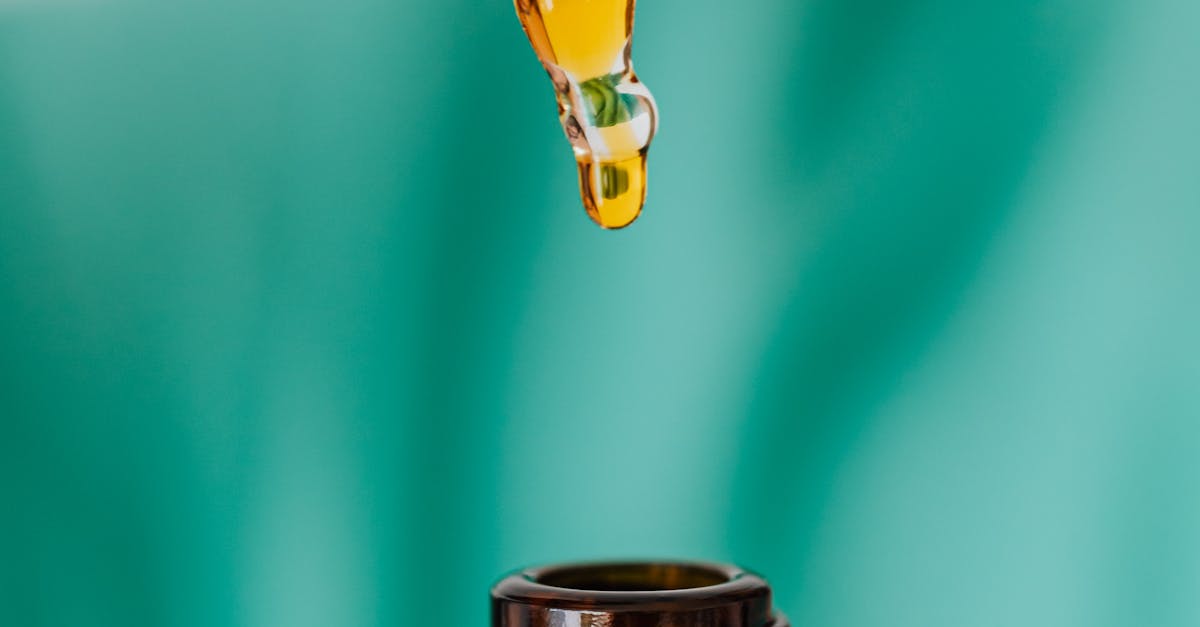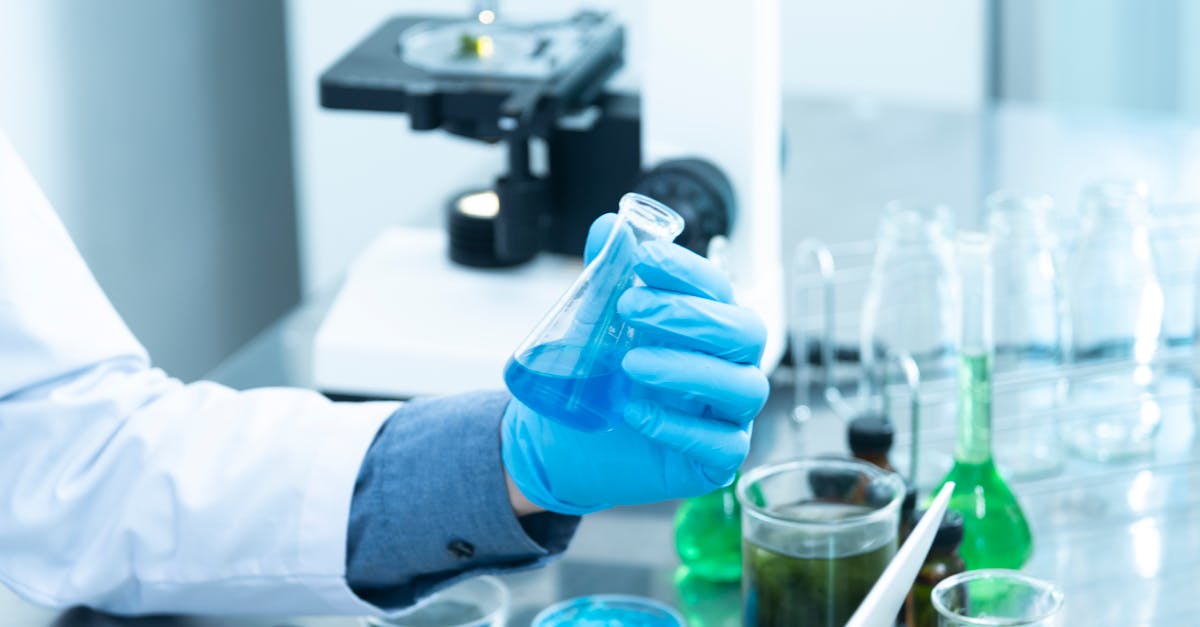
Table Of Contents
Professional vs. AtHome Chemical Peels
When considering options for chemical peels, the choice between professional and at-home treatments is a significant decision. Professional chemical peels are typically conducted in a clinical setting by trained professionals, such as dermatologists or estheticians. These experts use higher concentrations of active ingredients to provide more intensive results. In contrast, at-home chemical peels are designed for consumer use and often contain lower concentrations of active ingredients, allowing for a gentler treatment that can be incorporated into a regular skincare routine.
Professional chemical peels offer the advantage of being performed by skilled professionals who can customize the treatment based on individual skin needs. The controlled environment of a professional setting ensures that the peel is applied correctly and removed at the optimal time to prevent adverse reactions. On the other hand, at-home chemical peels provide convenience and affordability for those who prefer to perform the treatment themselves. While they may offer more gradual results compared to professional treatments, at-home peels can still be effective in improving skin texture and appearance over time.
Effectiveness and Safety Comparison
When considering the effectiveness and safety of chemical peels, it is important to weigh the benefits against the potential risks. Professional chemical peels performed by dermatologists or licensed estheticians often utilize higher concentrations of active ingredients, providing more noticeable results than at-home treatments. However, these stronger formulations can also lead to increased risks of adverse effects such as redness, peeling, and irritation, especially for individuals with sensitive skin. On the other hand, at-home chemical peels typically contain lower concentrations of active ingredients, resulting in milder exfoliation and less downtime. While they may offer gentler results, the efficacy of at-home chemical peels can be limited compared to professional treatments.
In terms of safety, both professional and at-home chemical peels carry some level of risk, although professional treatments may pose a higher likelihood of side effects due to their stronger formulations. It is crucial for individuals considering chemical peels to consult with a skincare professional to assess their skin type, concerns, and suitability for the treatment. Additionally, following proper post-peel skincare instructions is vital to minimize the risk of complications and promote optimal results. Ultimately, the effectiveness and safety of chemical peels depend on various factors, including the individual's skin type, the specific peel formulation used, and adherence to pre-and post-peel care guidelines.
Duration and Frequency of Chemical Peel Treatments
Chemical peels are a popular cosmetic procedure aimed at rejuvenating the skin by removing the damaged outer layers. The duration and frequency of chemical peel treatments can vary depending on the type and strength of the peel, as well as individual skin concerns. Most mild chemical peels, such as superficial peels, may require multiple sessions spaced a few weeks apart to achieve optimal results. On the other hand, stronger peels like medium or deep peels may only need to be done once or twice a year due to their more intense nature.
It is essential to consult with a dermatologist or skincare professional to determine the most suitable treatment plan for your skin type and desired outcome. Factors such as skin sensitivity, concerns being addressed, and overall skin health can impact the recommended frequency of chemical peel treatments. Overdoing chemical peels can lead to adverse effects such as excessive dryness, redness, or even scarring, highlighting the importance of following a personalized treatment schedule that prioritizes skin health and safety.
Recommended Treatment Intervals
Recommended treatment intervals for chemical peels depend on the type of peel and the individual's skin needs. Superficial peels can often be done more frequently, with intervals ranging from every two to four weeks, while deeper peels may require longer intervals of several months. It is crucial to follow the guidance of a dermatologist or skincare professional when determining the appropriate timeframe between treatments to ensure the skin has ample time to heal and rejuvenate.
Consistency in treatment intervals is key to achieving optimal results with chemical peels. Skipping treatments or extending intervals beyond the recommended timeframe can hinder progress and may lead to subpar outcomes. Maintaining a regular schedule of chemical peel treatments not only improves the skin's appearance over time but also helps to address specific concerns such as hyperpigmentation, fine lines, and acne scarring. Consulting with a skincare specialist can help tailor a treatment plan that aligns with individual skin goals and ensures the best possible results.
Preparing Your Skin for a Chemical Peel
Before undergoing a chemical peel treatment, it is essential to properly prepare your skin to ensure the best results and reduce the risk of adverse reactions. Firstly, consult with a dermatologist to determine the most suitable type of chemical peel for your skin concerns and goals. Following the dermatologist's recommendations is crucial in ensuring that the chemical peel is tailored to your specific needs and avoids any potential complications.
Additionally, it is important to adhere to any pre-treatment guidelines provided by the dermatologist to optimize the efficacy of the chemical peel. These guidelines may include avoiding certain skincare products or treatments that could sensitize the skin prior to the chemical peel. By following these preparatory steps diligently, you can enhance the benefits of the chemical peel and promote a smoother, healthier complexion post-treatment.
Avoiding Certain Skincare Products
Before getting a chemical peel, it's essential to steer clear of certain skincare products to ensure the best results and prevent potential complications. Products containing retinol, glycolic acid, salicylic acid, and benzoyl peroxide should be avoided in the days leading up to a chemical peel. These ingredients can increase skin sensitivity, which may result in irritation or adverse reactions during the peel process. It's recommended to follow the guidelines provided by your skincare professional regarding when to stop using these products before your treatment.
Additionally, it's crucial to refrain from using exfoliating scrubs, harsh cleansers, and abrasive tools on your skin prior to a chemical peel. These products and tools can cause unnecessary irritation and compromise the effectiveness of the peel. Opt for gentle, hydrating cleansers and moisturizers to keep your skin barrier healthy and balanced before undergoing a chemical peel. By avoiding harsh products that can strip or sensitize the skin, you can help maximize the benefits of your chemical peel and promote a smoother, more radiant complexion after the treatment.
FAQS
Is chemical peeling safe for all skin types?
Chemical peeling can be safe for most skin types when performed by a trained professional. However, those with sensitive skin should proceed with caution and consult with a dermatologist before undergoing treatment.
Are at-home chemical peels as effective as professional ones?
At-home chemical peels can provide some benefits, but they are generally less potent and may not yield the same results as professional treatments. For more significant skin concerns, it is recommended to seek a professional for chemical peels.
How often should I get a chemical peel treatment?
The frequency of chemical peel treatments depends on the type of peel used and your skin's response. Generally, professionals recommend spacing treatments 4-6 weeks apart to allow the skin to heal and regenerate properly.
What should I do to prepare my skin for a chemical peel?
Before undergoing a chemical peel, it is important to follow your dermatologist's instructions, which may include avoiding certain skincare products like retinol and glycolic acid, protecting your skin from the sun, and staying hydrated to ensure optimal results.
Are there any skincare products I should avoid after a chemical peel?
After a chemical peel, it is recommended to avoid harsh exfoliants, intense sun exposure, and products containing retinol or alpha hydroxy acids. These can irritate the skin and interfere with the healing process post-peel.


